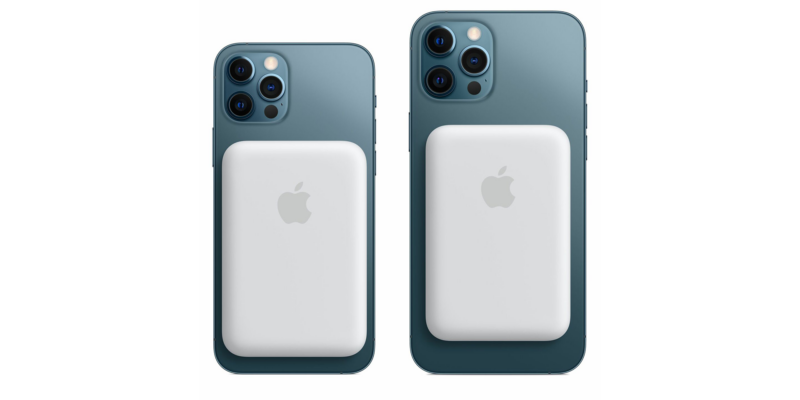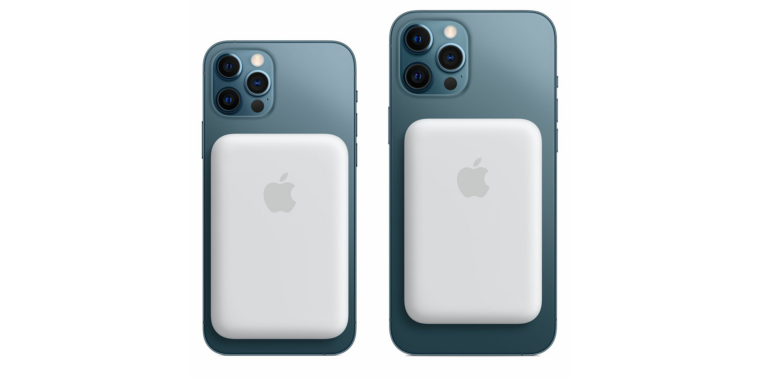
Bloomberg reporter Mark Gurman is at it again, sharing insider details about Apple’s upcoming mixed-reality headset. This time, Gurman shared new details in his weekly newsletter about the controversial design of the headset’s tethered battery pack.
Previous reports from Gurman, supply chain analyst Ming Chi-Kuo and The Information revealed that after much internal debate, Apple decided to move forward with a headset design that works with an external battery pack connected by a wire.
This is because including the battery in the headset would make it too bulky and heavy for some users. Apple employees who opposed this approach argued that it made the headset awkward to use, especially in public.
Now for the first time we have some details on exactly what this will look like. Gurman writes that the headset will have two ports: USB-C and a new proprietary power port. The USB-C port is used only for data, while the proprietary port is used for “a charging cable that goes into the headset and has a round tip that inserts magnetically.”
The cable will be permanently attached to a battery pack that is “about the size of an iPhone but thicker” and has an aesthetic similar to Apple’s official MagSafe battery pack for the iPhone. The pack also needs to be charged, of course, and it will use a USB-C connection to connect to a MacBook Pro-esque wall charging brick.
A fully charged battery is said to last about two hours, and Gurman speculates that Apple could try to sell users to buy multiple battery packs for longer sessions.
On the one hand, two hours seems adequate given that most people don’t like being in VR for particularly long periods of time, although the headset’s non-immersive AR features might be more comfortable for longer sessions. Plus, the headset is said to resemble a ski mask in shape and size, making it much smaller (and probably more comfortable) than most head-mounted displays we’ve seen before.
The headset offers a range of functions and applications, from games created by veteran Apple Arcade developers to immersive fitness programs to the ability to use iPad apps such as Books, FaceTime and Maps in virtual reality. Apple even plans to offer users a way to see a screen for a nearby MacBook in virtual or augmented reality, suggesting it will be designed for long-term use.
Given all that, it’s not surprising that Apple decided not to include a battery in the headset. To get a day’s worth of use, power users will need to buy multiple battery packs and swap them every two hours.

